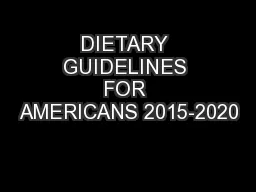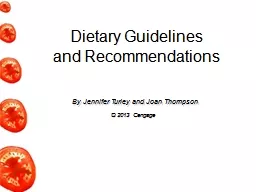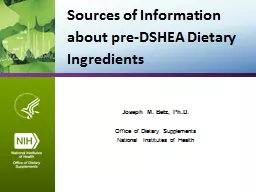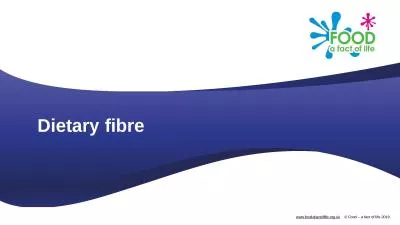PPT-DIETARY GUIDELINES FOR AMERICANS 2015-2020
Author : lois-ondreau | Published Date : 2017-04-10
Gabriela Proaño MS RD Central Texas Veterans Health Care System December 2016 Introduction on Dietary Guidelines background on research and development behind
Presentation Embed Code
Download Presentation
Download Presentation The PPT/PDF document "DIETARY GUIDELINES FOR AMERICANS 2015-20..." is the property of its rightful owner. Permission is granted to download and print the materials on this website for personal, non-commercial use only, and to display it on your personal computer provided you do not modify the materials and that you retain all copyright notices contained in the materials. By downloading content from our website, you accept the terms of this agreement.
DIETARY GUIDELINES FOR AMERICANS 2015-2020: Transcript
Download Rules Of Document
"DIETARY GUIDELINES FOR AMERICANS 2015-2020"The content belongs to its owner. You may download and print it for personal use, without modification, and keep all copyright notices. By downloading, you agree to these terms.
Related Documents














